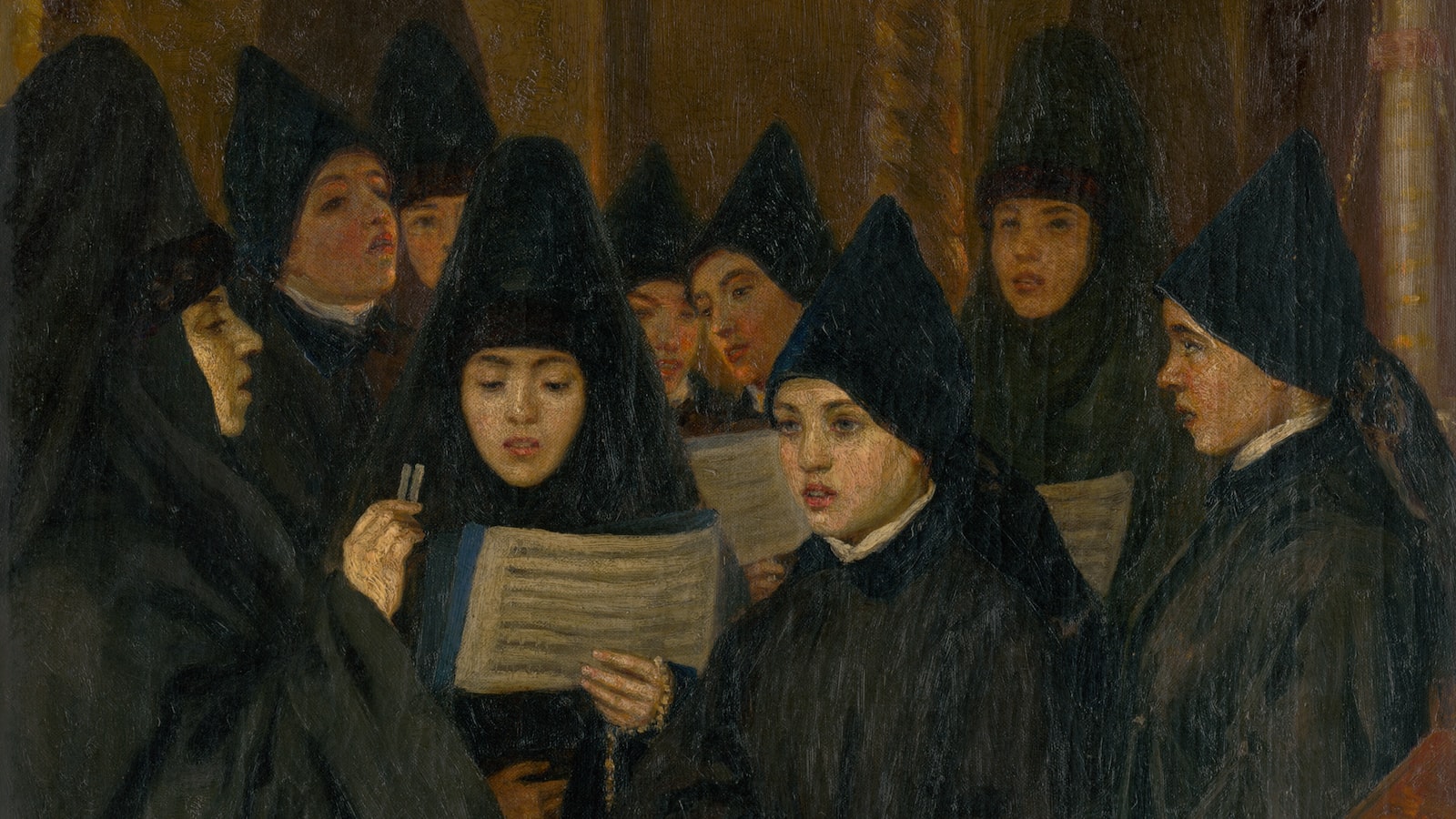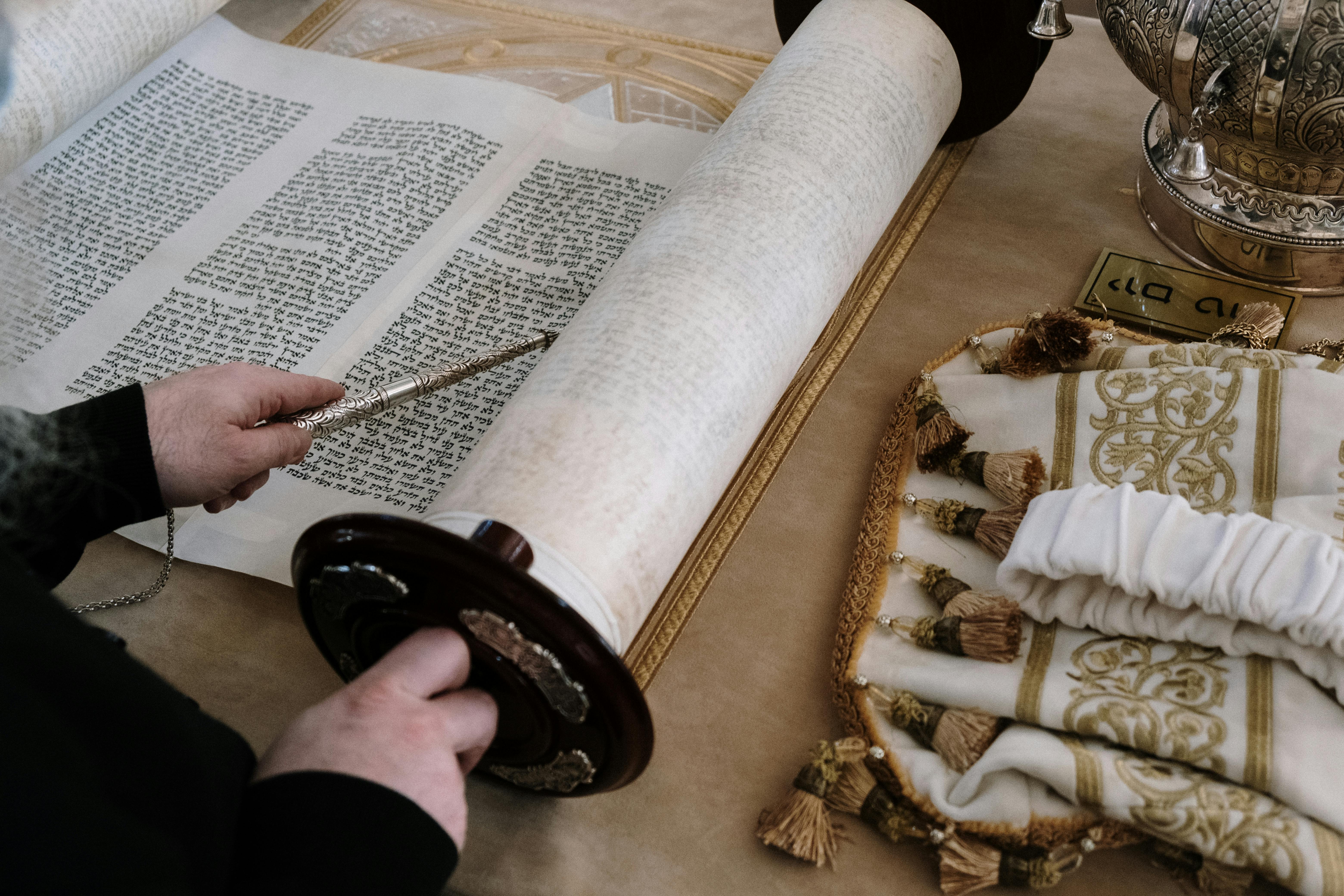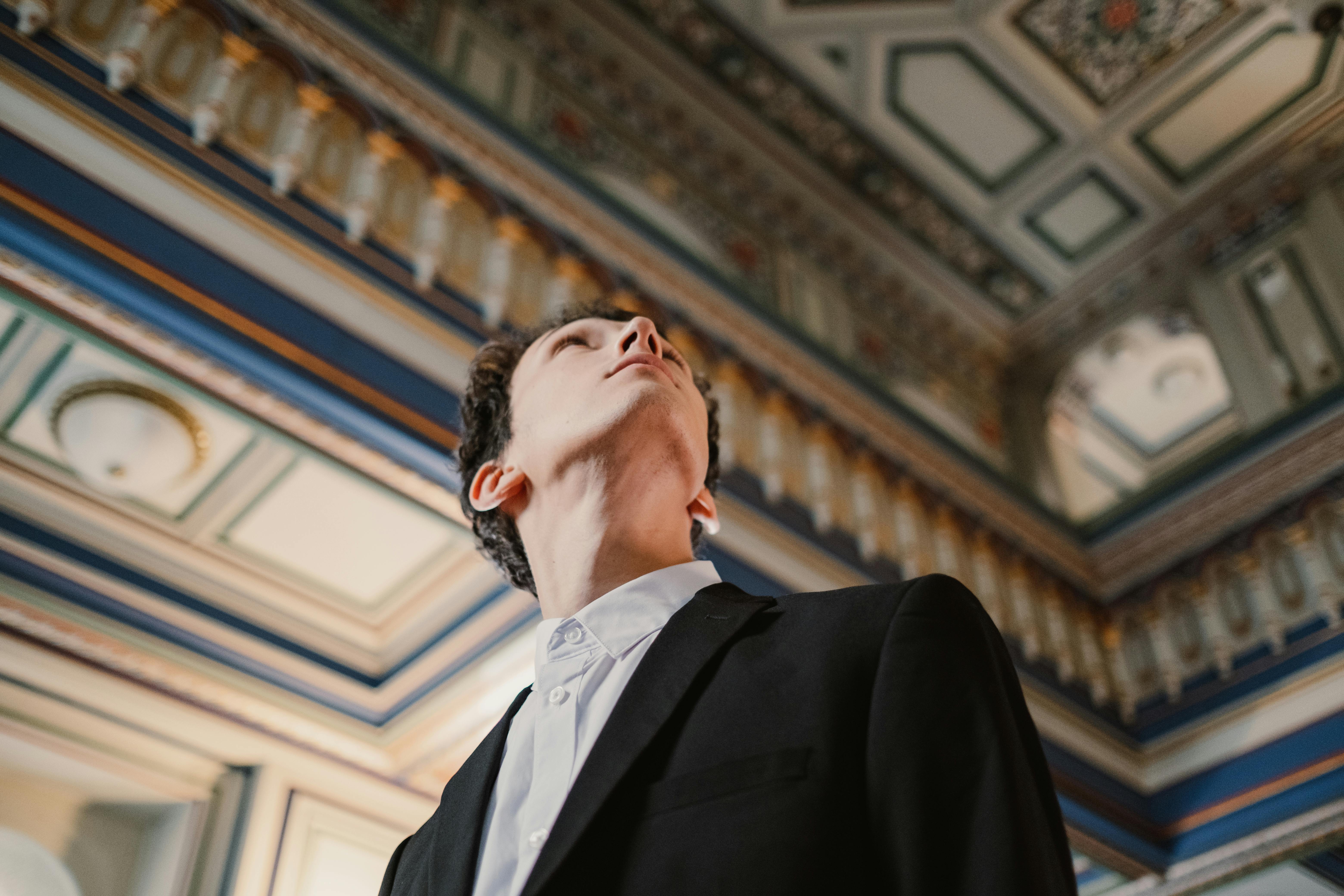What To Wear To Synagogue

If you are planning to attend a synagogue service, it is important to dress appropriately. Knowing what to wear is essential in showing respect for the sanctuary and those who attend. In this article, we will look at what appropriate attire is for attending a synagogue service, as well as provide some tips for dressing respectfully.When attending synagogue, women should dress modestly and respectfully. Appropriate attire includes dresses or skirts that reach at least below the knee, shirts or blouses that cover the shoulders and chest area, and a head covering such as a scarf or hat. Shoes should be closed-toe and not overly flashy. Denim is generally not appropriate for synagogue wear.
What to Wear to Synagogue for Men
When attending synagogue, it is important for men to dress modestly and respectfully. The traditional dress code for men includes long-sleeved shirts, a suit jacket or sport coat, trousers, and a Kippah (skullcap). The most common color for men’s clothing is black or navy blue. Shoes should be closed-toed and in a dark color; sandals are not appropriate. A tallit is also worn during services; this is a fringed shawl with special blessings attached to it.
If you do not own the appropriate clothing items, it is still permissible to attend synagogue services in neat casual wear. This includes a collared shirt or polo shirt, khakis or dress slacks, and closed-toe shoes. It is important to avoid wearing clothing with any type of writing on it such as logos or slogans; this could be considered disrespectful in some synagogues.
In addition to the clothing worn, men are expected to cover their heads at all times while inside the synagogue. This can be done with either a Kippah or by wearing a hat such as a fedora or baseball cap. A Kippah should always be worn during prayer services and should not be removed until after leaving the synagogue building. Hats should be removed when entering the building but can be put back on once inside.
In summary, when attending synagogue services or other religious events, men should dress modestly and respectfully in either formal attire or neat casual wear. They should also cover their heads at all times while inside the building with either a Kippah or hat and remove any hats upon entering the synagogue building until leaving again afterwards.
What Not To Wear To Synagogue
Synagogues are places of worship and respect, so it’s important to dress appropriately for the occasion. Wearing clothing that is too revealing or inappropriately casual can be distracting to others and disrespectful to the sacred space. Here are some guidelines for what not to wear to synagogue:
Avoid clothing that is too revealing such as tank tops, shorts, mini-skirts, low-cut shirts, or other items of clothing that expose too much skin. It’s best to err on the side of modesty when dressing for synagogue services.
Clothing with offensive images, language, or logos should also be avoided. It is important to show respect for the sacred space and those around you by wearing clothing that is not offensive.
Casual attire like jeans and t-shirts should not be worn in most synagogues unless specifically requested by the rabbi or synagogue leadership. Synagogues typically prefer people dress up a bit more than their everyday attire in order to show respect for all who are present in the synagogue.
In addition, hats should be removed before entering the sanctuary as a sign of respect. If you are wearing a hat when you enter the sanctuary, it should be removed before taking your seat.
Finally, shoes should always be worn in a synagogue as a sign of respect for those who have come before us and those who will come after us. Shoes provide protection from germs and dirt that may otherwise contaminate the sacred space.
By following these guidelines, you can ensure that you are showing proper respect for the synagogue and those around you when attending services or other events at a synagogue.
Appropriate Synagogue Attire for Men
Synagogue attire for men should be respectful and modest. Generally, men should wear collared shirts and dress pants or khakis. It is also customary to wear a kippah, or yarmulke, on the head throughout the service. In some synagogues, a tallit, or prayer shawl, may be worn during certain portions of the service. Additionally, it is important to refrain from wearing any type of clothing that could be considered disrespectful in a synagogue setting like shorts, tank tops, hats or sunglasses.
In Orthodox and conservative synagogues, it is expected that men wear suits and ties during services. In some cases, a man may cover his head with a hat instead of wearing a kippah. The colors of clothing should be conservative with no bright colors or loud patterns. It is also important to avoid wearing any type of religious jewelry that could be seen as offensive in a synagogue setting.
When attending synagogue services, it is important to show respect for the place of worship by dressing appropriately. Men should take care to dress modestly and respectfully when attending services at synagogues so as not to offend anyone or cause disruption during the service.
Appropriate Synagogue Attire for Women
Synagogues are places of respect and tradition, and appropriate clothing is important to show that respect. While rules vary from synagogue to synagogue, there are some general guidelines for women’s synagogue attire. A woman should dress modestly and conservatively in clothing that is not overly revealing or tight-fitting. Sleeveless tops and short skirts should be avoided; instead, women should opt for a long-sleeved top with a skirt that falls below the knee. Scarves may be worn over the head or shoulders as a sign of respect. If you’re not sure what to wear, it’s best to err on the side of caution and choose more conservative clothing that covers your arms and legs.
Women should also avoid wearing bright colors or flashy jewelry in the synagogue as this can be considered disrespectful. Additionally, shoes should be flat and comfortable as women may need to stand during services, which can last several hours. Open-toed shoes such as sandals are generally not acceptable in most synagogues.
Finally, it is important to remember that all synagogues have different requirements for dress code; it’s best to check with your synagogue ahead of time so that you know what is expected when you arrive. By following these guidelines, you can ensure that your clothing reflects respect for the synagogue’s traditions and culture.

Dressing Modestly for Synagogue
Attending synagogue is a traditional part of Jewish life. As such, it is important to dress modestly out of respect for the sanctity of the service. Jewish tradition encourages modesty in both men and women, though there are different standards of modesty for each gender. Men should wear a kippah, or yarmulke, on their head at all times and should cover their heads with a tallit during prayer services. Women should dress modestly, covering their arms and legs and avoiding tight-fitting clothing. Shoes should be closed-toed, as open-toed shoes are considered disrespectful in synagogue. Additionally, women should cover their heads with a scarf or other head covering while in the synagogue. It is important to adhere to these standards to ensure that everyone is able to feel comfortable and respected during the prayers and services.
Tips For Dressing Respectfully at a Synagogue
When attending a synagogue, it is important to dress respectfully. This doesn’t just mean dressing in something that isn’t too tight or revealing, but also wearing clothing that is appropriate for the setting. Here are some tips for dressing respectfully at a synagogue:
First of all, it’s important to wear clothing that covers your arms and legs. This means avoiding shorts, tank tops, and other clothing items that are too revealing. It’s also best to avoid tight-fitting clothes or anything with graphics or logos that could be offensive.
It’s also best to avoid bright colors and flashy jewelry when dressing for a synagogue. While some color is acceptable, it’s best to stick with more muted shades such as navy blue, black, gray, or brown. Avoiding bright colors and flashy jewelry will help ensure that you look respectful and appropriate in the setting.
Finally, it’s important to remember to remove any hats or head coverings before entering the synagogue. All religious symbols should also be removed before entering the building since they can be seen as disrespectful and distracting during services.
By following these tips for dressing respectfully at a synagogue, you can ensure that you look appropriate while still expressing your individual style and taste in clothing.
The Best Types of Clothing for a Traditional Synagogue Service
When attending a traditional synagogue service, it is important to dress appropriately. Choosing the right clothing is essential to showing respect and honoring the service. Typically, men and women will dress differently when attending a synagogue service, as most traditional services have separate seating for men and women.
For men attending a synagogue service, it is appropriate to wear dress pants and a collared shirt. Some synagogues may require that all men wear a kippah (a small cloth skullcap) while in the sanctuary. A jacket or suit should also be considered when attending a more formal traditional synagogue service.
Women typically wear modest clothing while attending a traditional synagogue service. This usually includes pants or skirts that are at least knee length, as well as long-sleeved shirts that cover the shoulders and cleavage area. Many women will also choose to cover their heads with either a scarf or hat while in the sanctuary, although this is not always required.
Overall, it is important to remember to dress modestly and respectfully when attending any type of religious service, especially at a traditional synagogue. Wearing appropriate clothing shows respect for the traditions of the faith and makes for an enjoyable experience for all involved.

Conclusion
In conclusion, synagogue attire should be respectful and appropriate. It is important to dress modestly and conservatively. Avoid anything too tight, revealing, or otherwise inappropriate. You can have fun with colors and patterns, but make sure your clothing is still appropriate for the occasion. The best way to make sure you are dressing appropriately for synagogue is to take cues from the people around you and dress similarly.
Synagogue etiquette also dictates that both men and women cover their heads while in the synagogue. During services, it’s customary for men to wear a kippah or yarmulke on their heads as a sign of respect. Women may also choose to wear a kippah if they wish, or may opt for a hat or scarf instead.
Ultimately, it’s important to remember that synagogue etiquette and dress code are not meant to be restrictive but rather serve as a reminder of the solemnity of the occasion and of respecting God’s house. By following these guidelines, you can ensure that you are dressing appropriately for any synagogue visit so that you can fully focus on prayer and worship in this sacred space.
